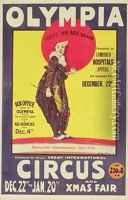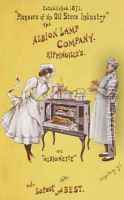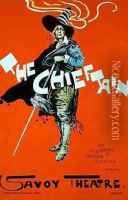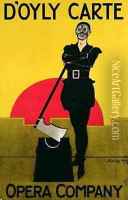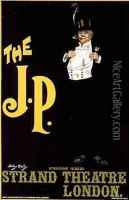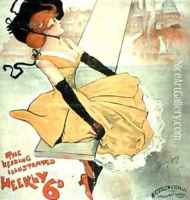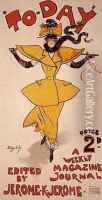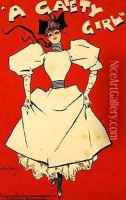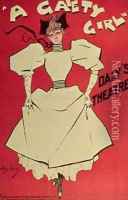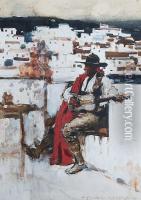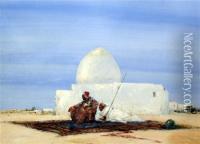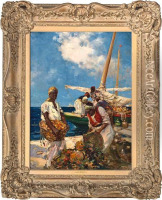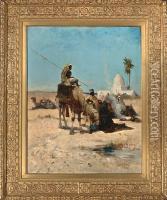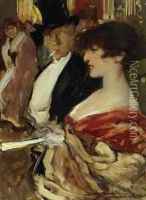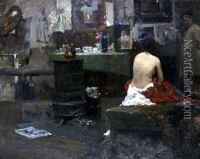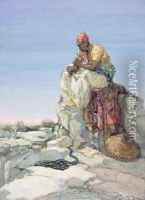Dudley Hardy Paintings
Dudley Hardy was an English painter and illustrator, born on January 15, 1867, in Sheffield, England. His father, Thomas Bush Hardy, was also a notable painter, which influenced Dudley's early interest in the arts. Dudley Hardy received his artistic training at the Düsseldorf Academy of Fine Arts in Germany and later at the Académie Julian in Paris, where he was exposed to the vibrant art scene of late 19th-century France.
Hardy's work was diverse, including watercolors, oils, and illustrations. He developed a reputation for his bold use of color and his ability to capture the essence of his subjects with a humorous and often satirical touch. One of his most famous series of works was for the 'Yellow Aster' series of cigarette cards, which showcased his talent for graphic design and caricature.
In addition to painting and illustration, Hardy was known for his poster designs, which were among the earliest examples of modern commercial art in Britain. His most famous poster, 'A Gaiety Girl' from 1894, was for a musical comedy of the same name and became an icon of the era. The poster's success established Hardy as a leading graphic artist and helped to popularize the art form.
Hardy’s work was exhibited at prestigious venues, including the Royal Academy of Arts in London. He was also a member of several art societies. Throughout his career, he contributed to various magazines and publications, such as 'The Illustrated London News' and 'Punch,' where his illustrations reached a wide audience.
Despite his commercial success, Hardy was also a serious painter. His subjects ranged from landscapes and seascapes to genre scenes and orientalist themes, reflecting his travels and interest in different cultures.
Dudley Hardy died on August 11, 1922, in London. His legacy continues through his contributions to the development of graphic art and illustration in the United Kingdom. Hardy's work remains a significant example of the fusion of fine art with commercial design, reflecting the changing tastes and styles of the turn of the century.

